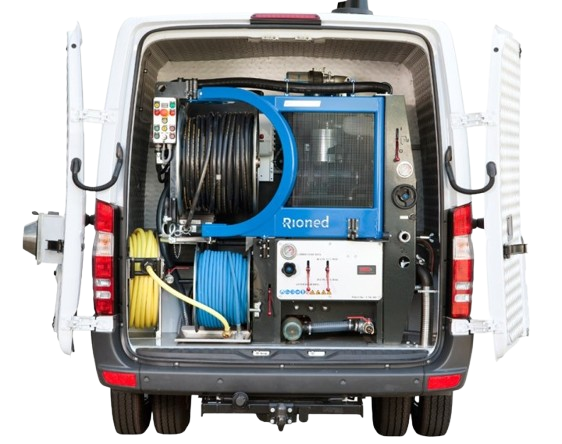24/7 EMERGENCY SERVICES
✔ Shower & Bathtub Drains (hair, soap scum buildup)
✔ Sink Drains (toothpaste, debris, mineral deposits)
✔ Floor Drains (standing water, foul odors)
✔ Toilet Drains (non-flushable items, backups)

Alpha Sewer Cleaning – Where Clean Drains Meet Peace of Mind!
Drain cleaning involves removing clogs, debris, and buildup from pipes to restore proper water flow. It ensures smooth drainage, prevents blockages, and protects plumbing systems from damage. Professional drain cleaning uses tools like hydro jetting or augers for efficient and lasting results.
Design & Develop By websiTick